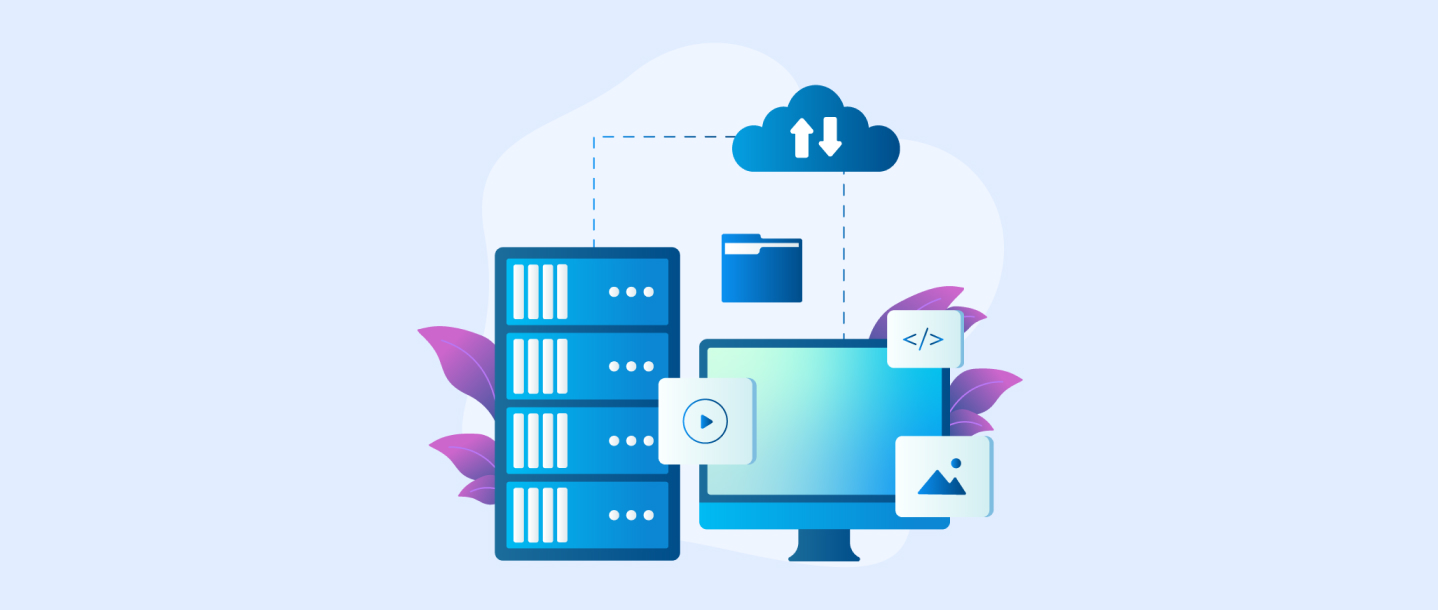Just because your customers and visitors don’t see it, it doesn’t mean that it won’t have a profound effect on your performance on the web.
So consider this… if you’re spending less on web hosting in a month than you are on take-out coffee each week, then something is seriously wrong.
You don’t always get what you pay for
We’ve all been guilty of taking the infrastructure that underpins the web for granted at some point, myself included. Before Big Bite, in the early days of my development career, I thought of that infrastructure as an imposing, unglamourous problem that I was hesitant to deal with. My criteria for selecting who hosted my sites was based purely on what seemed cheap and easy. I didn’t recognise the value in underpinning my hard work with a stable, reliable foundation and so I was all too happy to have one of internet’s many domain supermarkets take care of it for me.
But I soon realised that these one-stop shops didn’t really offer the value or quality that they first seemed to. My sites were fighting others for bandwidth, on shared servers built on outdated versions of PHP, and I couldn’t help but begin to feel that more of my money was being spent on television advertising campaigns than on the service I was paying for. It was time to shop for more dedicated options. It was time for something less supermarket and more boutique.
First steps forward
What had previously seemed daunting turned out to be an exciting step into the world of dedicated servers and VPSs. Suddenly I was able to control and config to my heart’s content, but it wasn’t all plain sailing. After hours of battling with the terminal I moved towards using cPanel, partly due my ignorance of the Linux environment. Put simply, cPanel is a control panel for managing your server, and what’s more, it’s surprisingly easy to use. But hiding cPanel’s complexity beneath a user-friendly GUI creates some problems too. It’s possible to run a site using cPanel for many years, providing nothing goes wrong, but when something eventually does it loses its appeal. Issues became increasingly difficult to solve, sometimes seeming downright impossible. When that happens at your desk its frustrating. But when you’re on holiday and that happens, it’s time for change.
Find a foundation that works for you
Starting Big Bite a few years later gave me the chance to sit down and really define what we wanted from our hosting and where to find it. The requirements were simple – performance, reliability and modern deployment with Git. Hiring someone to focus on DevOps would make the process much easier, but as a small team we just didn’t have the resources and so we looked to Fortrabbit.
Based on Amazon’s seemingly infinite cloud servers, they offered the kind of solid performance and capability that we so badly needed as a company, and that our clients expected. Unlike cPanel, the dashboard is designed to save you from yourself although, in the event that you do manage to break something or your site goes down, their support is so good that it’s like having your own DevOps team on standby. Some of the complexity may still be hidden away but it’s done in a far more intuitive way, and its design still allows talented or ambitious developers to take a decoupled approach to building websites. More importantly it was designed to scale with our business, meaning that as traffic increased so could the number of nodes supporting our sites. We quickly realised that with Fortrabbit we actually spent less time thinking about the hosting setup and more time doing what we do best.
But as the reputation of our digital studio grew and our client list took on a more international flavour, we encountered a new issue. It wasn’t a reflection on Fortrabbit, but with over 60% of our business coming from clients in the US, servers based in Europe meant one thing – lag. While it’ll be interesting to see if they continue their success as they expand into the US, at the time Fortrabbit just weren’t the right fit for the users of our clients across the Atlantic Ocean.
Sometimes things just aren’t meant to be and that’s okay, as we explored in our recent article Evolve or Die: Changing Company Culture.
We needed simple cloud hosting for our clients in the US that was as stable and speedy as we’d come to expect. We quickly found that Digital Ocean was the answer we had been looking for. As well as being extremely cost effective it seemed geared towards more experienced developers like ourselves. Its flexibility meant that we could build more interesting infrastructures, linking servers between the US and UK for example, as well as allowing us to use Varnish and other tools to make it the perfect home for our content managed sites.
While being able to tinker under the hood is a welcome bonus to those of us that like to customise or build something original, it also means that you can be your own worst nightmare. Put simply, if you bite off more than you can chew then that’s on you. Luckily however, Digital Ocean’s support has been superb, and their site is packed with blog articles and tutorials for those who aren’t afraid to admit that there’s always room for improvement.
There are plenty of other excellent web hosting companies out there of course, but in our experience so far, Fortrabbit and Digital Ocean have been a rock solid foundation for the projects we produce. We’ve come to recognise the value of good web hosting, but sometimes the hosting companies themselves could do a better job of expressing it.
Start showing pricing in context
The tiered table of pricing plans may be a clear and familiar for sites offering subscription services, but it doesn’t do much to illustrate the value of a product visually. Whilst many of us are understandably cautious about the price of web hosting, few of us realise how little we actually spend on such an essential element of our business.
Take the coffee analogy from this article’s opening, for example. If you spend $5 on a double-mocha hazelnut swirl a few times a week – because let’s face it, we work hard and deserve the occasional treat – then $20 a month for web hosting is a drop in the ocean. Web hosting companies would do well to offer that sort of value in context. A five-dollar plan fills one coffee cup icon, a twenty dollar plan fills four coffee cups, and so on. It’s a playful yet instantly recognisable way to visualise value, that will encourage consumers to think more carefully about what they prioritise when it comes to their workday. That caffeine may come in handy when you’re working late, trying to find solutions after your site goes down, but you’ll be wishing that you’d taken our advice instead. Trust us, we’ve been there.


